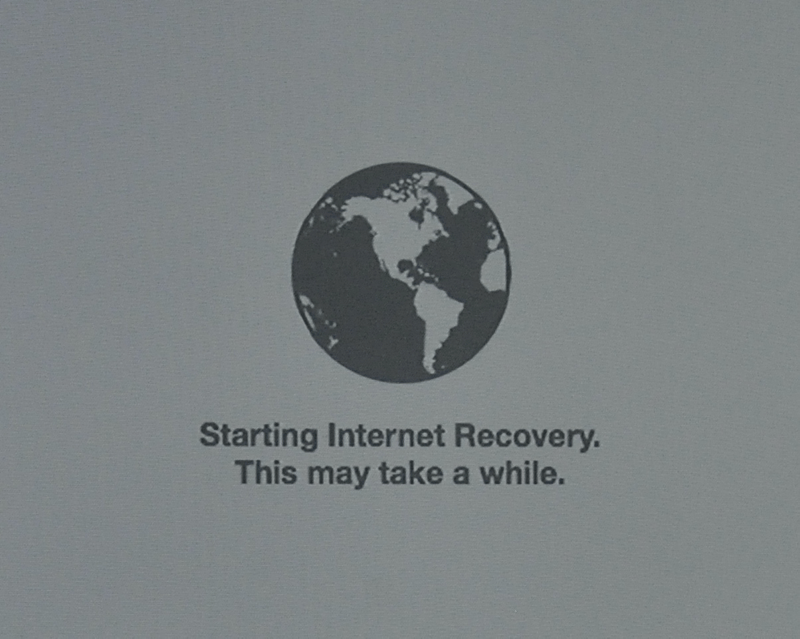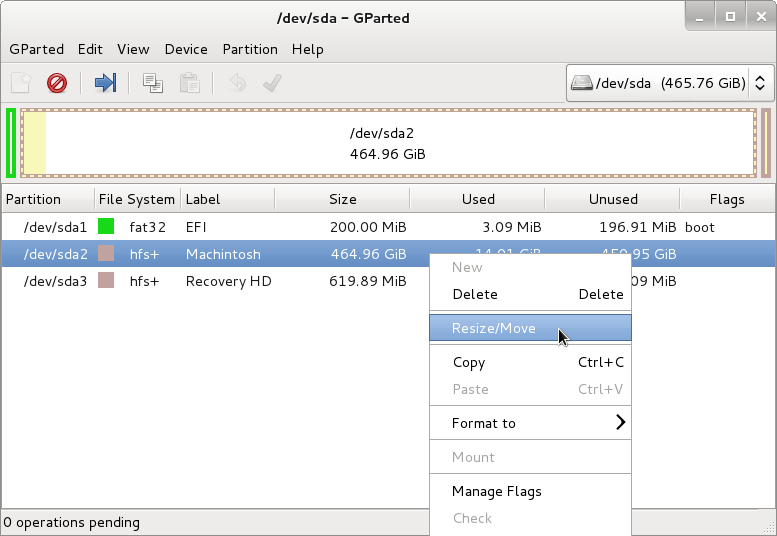

Knowing the exact requirements here is the hard part, and it happens before you even boot to the SSD.
Bootable kali linux usb for mac iso#
In this process, the embedded partition table in the ISO would not be used at all. Your plan of extracting the contents of the ISO to a partition would require first partitioning the SSD to include at least the ESP + Kali partition + any other partitions you wish it to have, then manually copy the contents of the ISO so that the bootloader parts go to the ESP and the rest to the Kali partition.

The Kali ISO image has gone through a special isohybrid process and has an embedded partition table which will become active if the ISO is written to a whole disk. If the partition is mounted, then the operating system might not allow dd to overwrite the partition/disk.īefore you can boot Kali on your Mac, you probably need to go into MacOS Recovery and use the Startup Security Utility to set it to "No Security" and "Allow booting from external media". This is probably also why Rufus is not giving you the option to write just into a specific partition.Īnd yes, what you see when accessing the image as an ISO9660 filesystem may be different from how it looks like when written onto a non-CD disk device. All this will probably be done automatically for you if you write the Kali image into the whole-disk device. The ESP filesystem type must be FAT32 (or specifically on Macs, HFS will also work): ExFAT will not work unless Apple has added specific UEFI boot support for it.
Bootable kali linux usb for mac mac#
Note that if you want Kali to be bootable on a modern Mac that uses UEFI, one partition for Kali is not going to be enough: you will also need a small ESP (EFI System Partition) that will contain Kali's bootloader. Once you've done that, you should be able to use partition management tools to make the unused space available as an ExFAT partition. Dd'ing the Kali ISO image to a partition may not work, because if the ISO image has been prepared for use on non-CD drives also, it already contains a partition table: you'll need to dd it into the whole-disk device ( /dev/sddisk2).


 0 kommentar(er)
0 kommentar(er)
